POLYMER PROPERTIES AMORPHOUS STATE CRYSTALLINE STATE

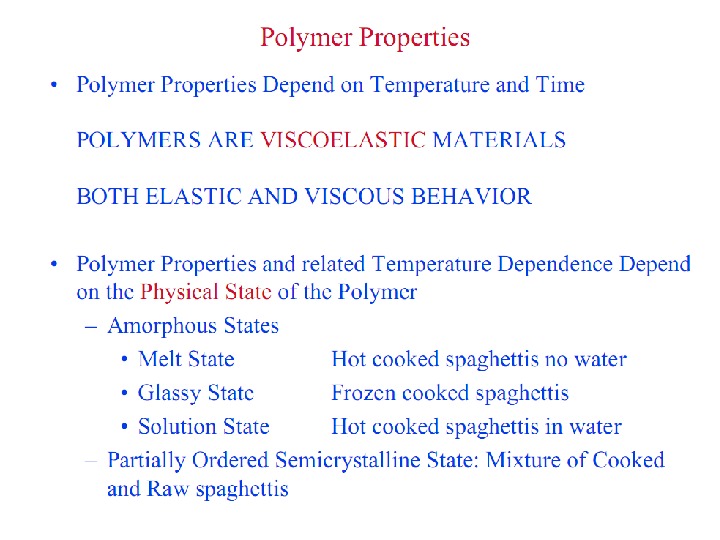


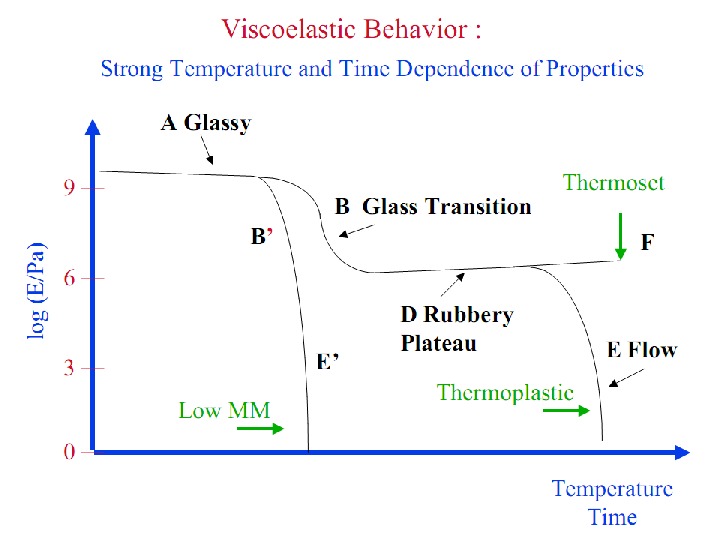
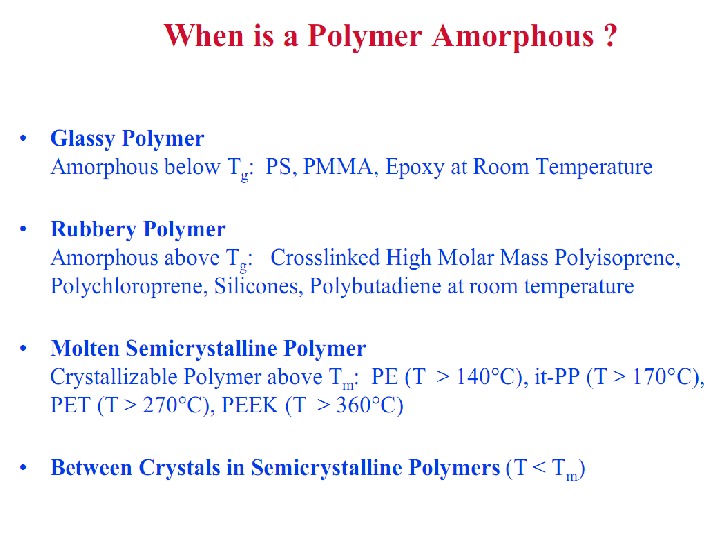
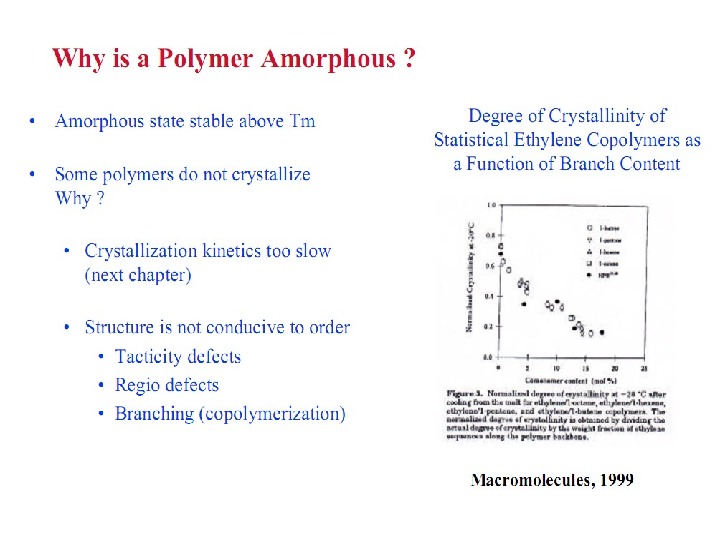


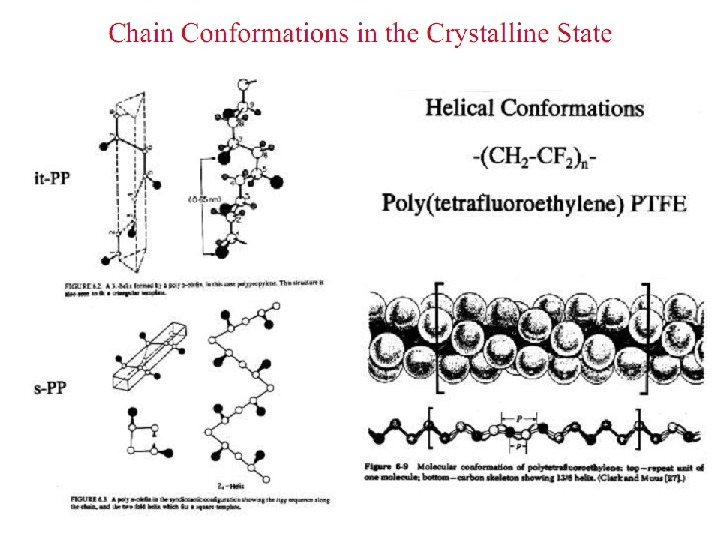
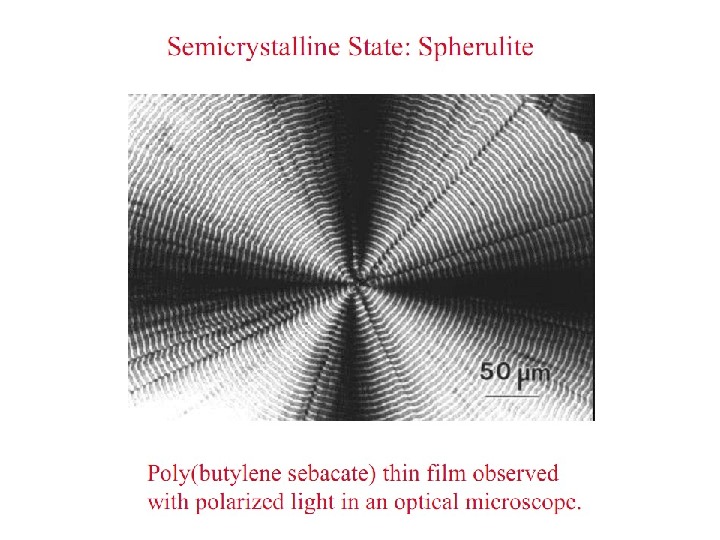
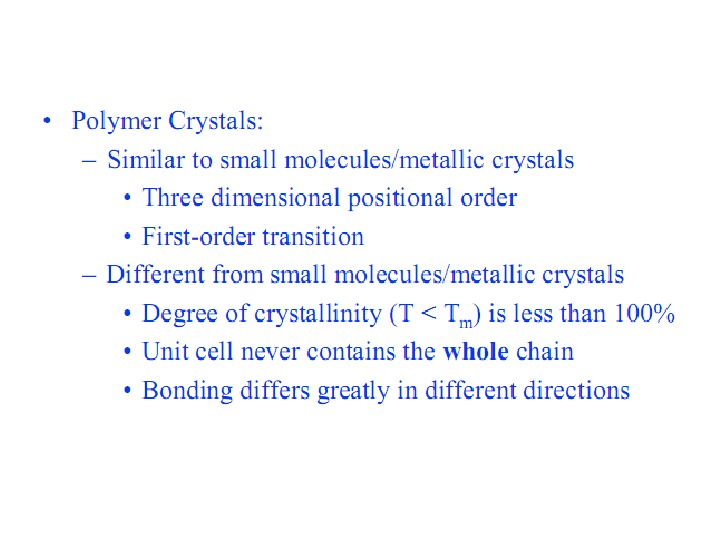
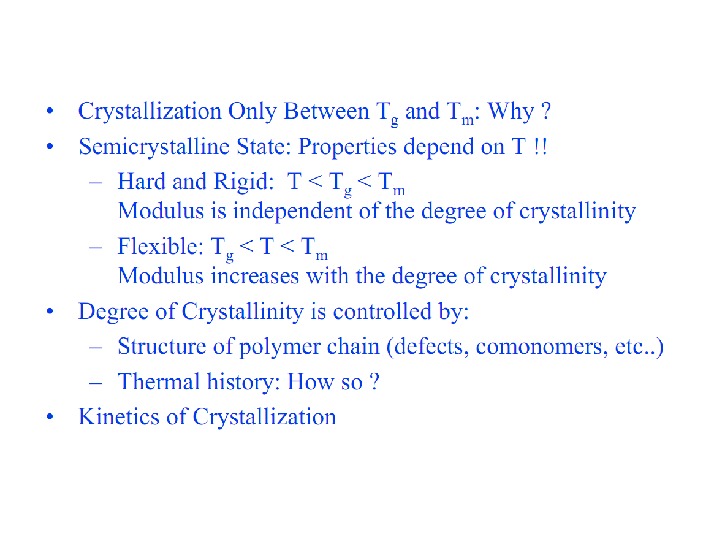
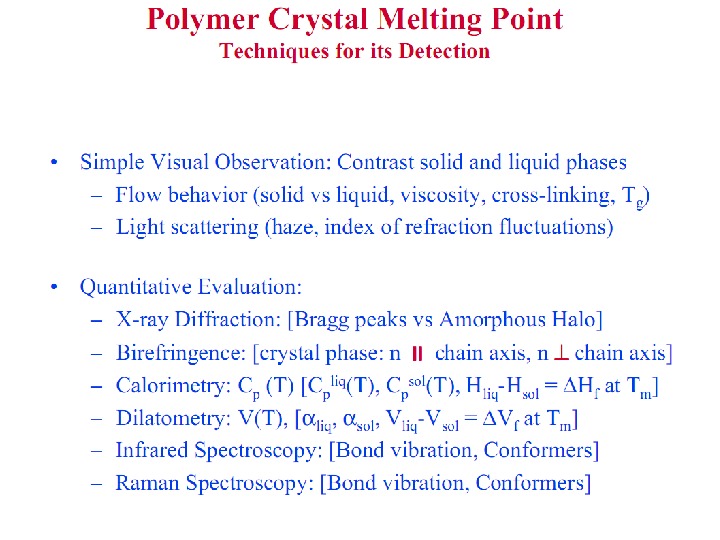
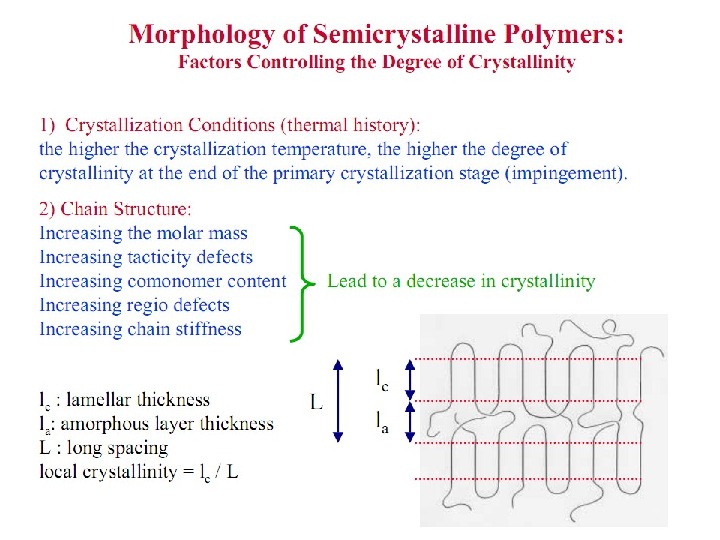



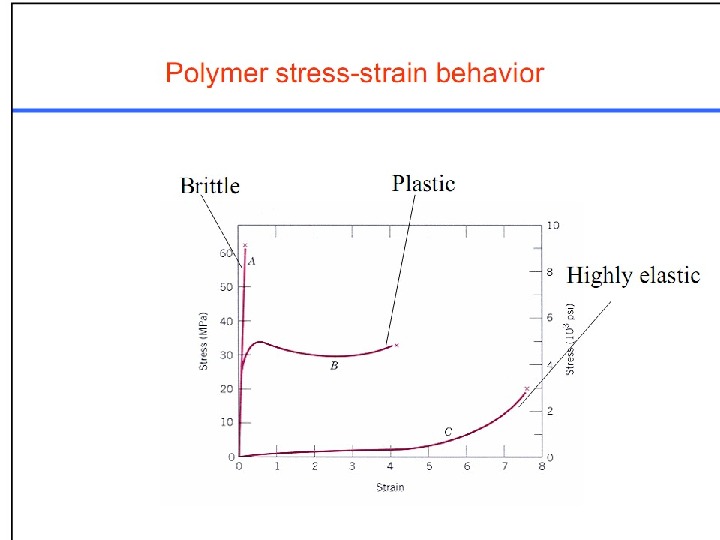
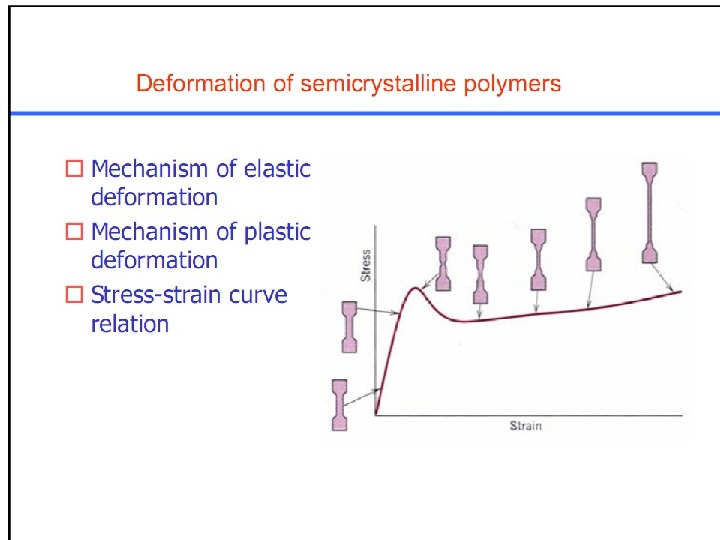
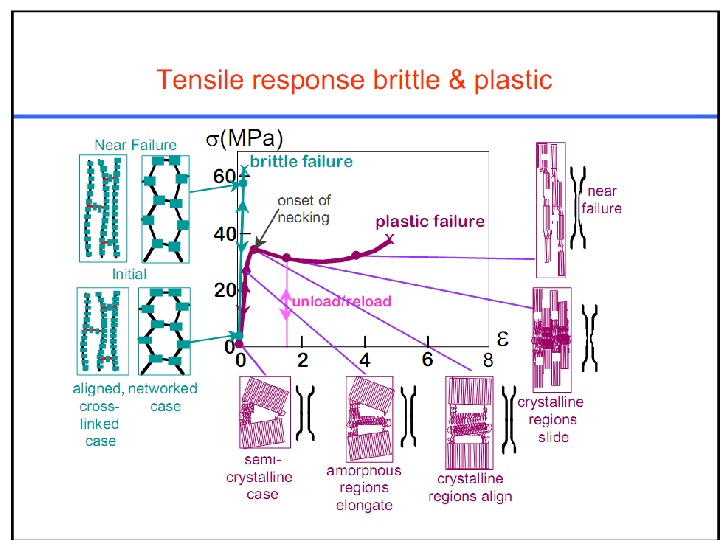
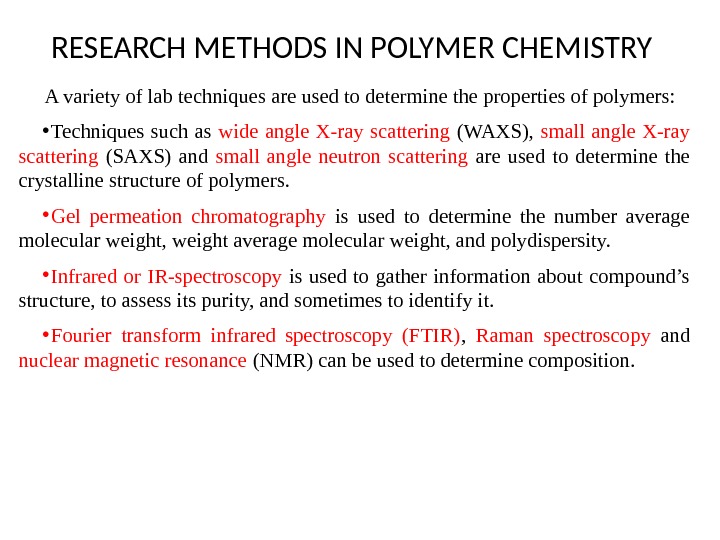
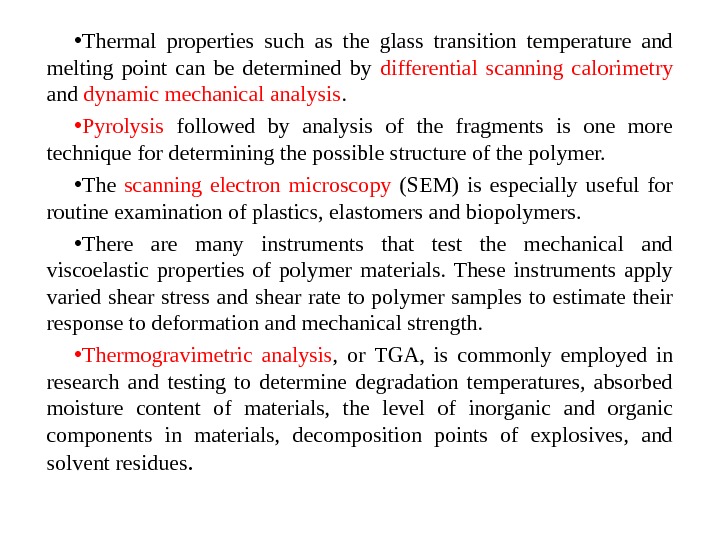
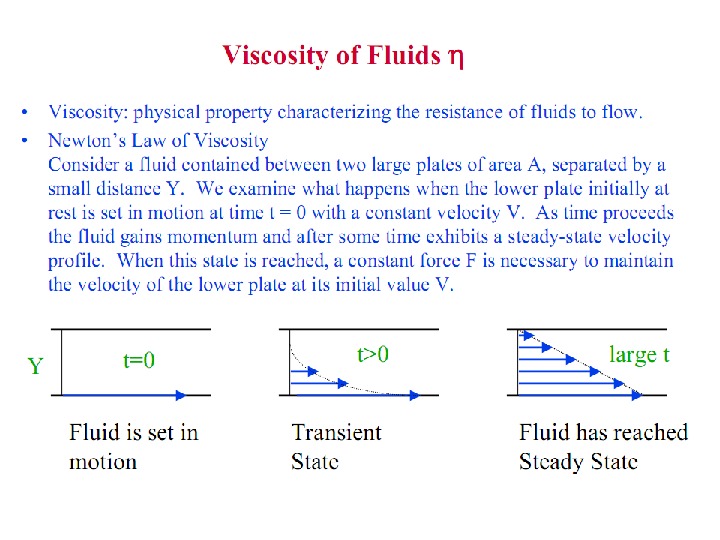


- Размер: 2.7 Mегабайта
- Количество слайдов: 26
Описание презентации POLYMER PROPERTIES AMORPHOUS STATE CRYSTALLINE STATE по слайдам
 POLYMER PROPERTIES
POLYMER PROPERTIES

 AMORPHOUS STAT
AMORPHOUS STAT





 CRYSTALLINE STAT
CRYSTALLINE STAT












 RESEARCH METHODS IN POLYMER CHEMISTRY A variety of lab techniques are used to determine the properties of polymers: • Techniques such as wide angle X-ray scattering (WAXS), small angle X-ray scattering (SAXS) and small angle neutron scattering are used to determine the crystalline structure of polymers. • Gel permeation chromatography is used to determine the number average molecular weight, weight average molecular weight, and polydispersity. • Infrared or IR-spectroscopy is used to gather information about compound’s structure, to assess its purity, and sometimes to identify it. • Fourier transform infrared spectroscopy (FTIR) , Raman spectroscopy and nuclear magnetic resonance (NMR) can be used to determine composition.
RESEARCH METHODS IN POLYMER CHEMISTRY A variety of lab techniques are used to determine the properties of polymers: • Techniques such as wide angle X-ray scattering (WAXS), small angle X-ray scattering (SAXS) and small angle neutron scattering are used to determine the crystalline structure of polymers. • Gel permeation chromatography is used to determine the number average molecular weight, weight average molecular weight, and polydispersity. • Infrared or IR-spectroscopy is used to gather information about compound’s structure, to assess its purity, and sometimes to identify it. • Fourier transform infrared spectroscopy (FTIR) , Raman spectroscopy and nuclear magnetic resonance (NMR) can be used to determine composition.
 • Thermal properties such as the glass transition temperature and melting point can be determined by differential scanning calorimetry and dynamic mechanical analysis. • Pyrolysis followed by analysis of the fragments is one more technique for determining the possible structure of the polymer. • The scanning electron microscopy (SEM) is especially useful for routine examination of plastics, elastomers and biopolymers. • There are many instruments that test the mechanical and viscoelastic properties of polymer materials. These instruments apply varied shear stress and shear rate to polymer samples to estimate their response to deformation and mechanical strength. • Thermogravimetric analysis , or TGA, is commonly employed in research and testing to determine degradation temperatures, absorbed moisture content of materials, the level of inorganic and organic components in materials, decomposition points of explosives, and solvent residues.
• Thermal properties such as the glass transition temperature and melting point can be determined by differential scanning calorimetry and dynamic mechanical analysis. • Pyrolysis followed by analysis of the fragments is one more technique for determining the possible structure of the polymer. • The scanning electron microscopy (SEM) is especially useful for routine examination of plastics, elastomers and biopolymers. • There are many instruments that test the mechanical and viscoelastic properties of polymer materials. These instruments apply varied shear stress and shear rate to polymer samples to estimate their response to deformation and mechanical strength. • Thermogravimetric analysis , or TGA, is commonly employed in research and testing to determine degradation temperatures, absorbed moisture content of materials, the level of inorganic and organic components in materials, decomposition points of explosives, and solvent residues.



